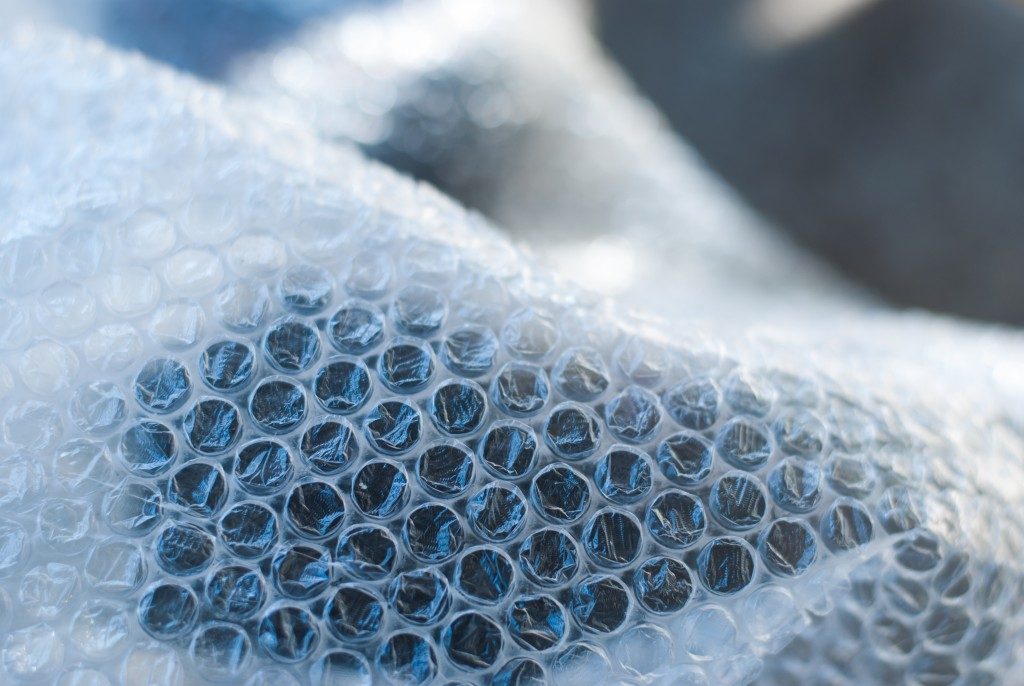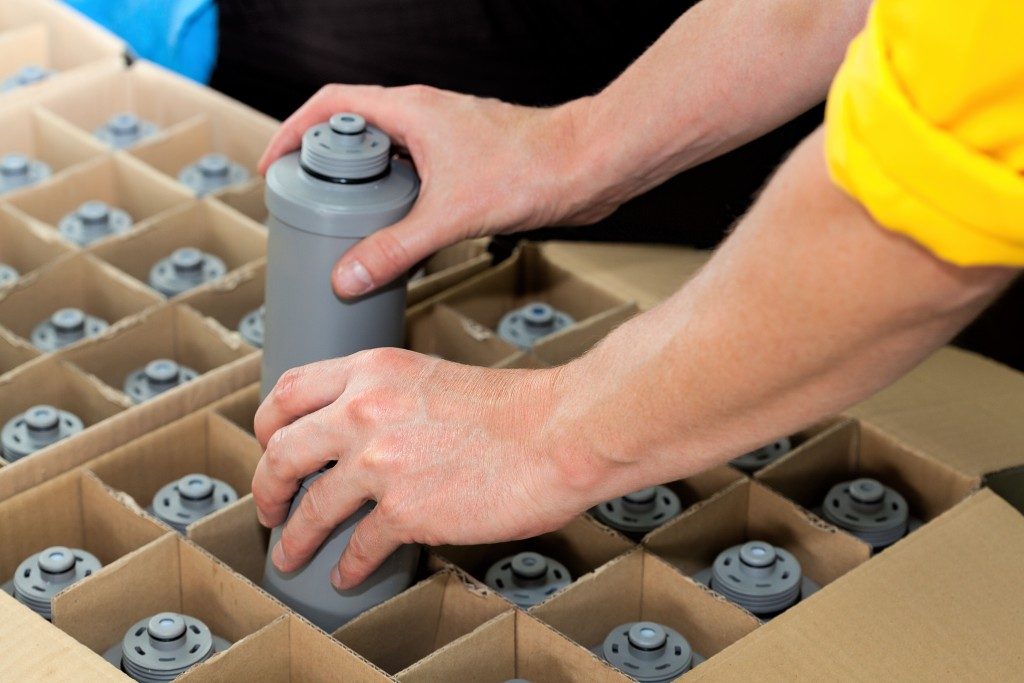As a result of consumers becoming more and more environmentally conscious, a lot of manufacturers are on the lookout for ways to create sustainable and eco-friendly products. Companies are choosing to announce and boost their social responsibilities around sustainability, while focusing on the economic aspects as well. They know that sustainability creates a strong corporate image and that it pays off. In this article, we review the different biodegradable packaging materials that are out on the market:
Cardboard and Paper Packaging
Cardboard boxes are the industry standard, and they are readily available everywhere. They are reusable, recyclable, and sustainable. For example, the use of honeycomb cardboard packaging is a good decision. It is durable, extremely lightweight, and cost-effective. A study showed that the global honeycomb packaging market is expected to reach a value of $1.4 billion by 2024. This increase is largely a result of the need to protect shipped items using sustainable and biodegradable materials.
Cornstarch Packaging
Synthetic polymer materials are synthesised from petroleum, a non-biodegradable item. For companies looking for the closest environmentally sustainable alternative to this packaging classic, products made out of cornstarch are now available.
Cornstarch is an organic material that has made its way into the packaging industry. Instead of using synthetic-based materials for items with limited use, such as takeaway food, businesses are now opting to use starch-based packaging materials. The packaging has plastic-like properties. It is not made from an inferior material when compared to synthetic polymers. More importantly, it is biodegradable and has a minimal impact on the environment.
Mushroom Packaging
Another eco-friendly alternative is mushroom packaging, which is mainly used for packing small items. The material is made from mushroom roots that are fused together with cleaned agricultural waste such as cotton. This kind of packaging breaks down at an incredible rate. It is ideal for packaging products that are to be shipped around the local area only.

Corrugated Bubble Wraps
Bubble wraps made from recycled polyethene is fully degradable when exposed to sunlight. It is a good alternative to the traditional bubble wraps made of plastic.
Air Peanuts
A number of single-use plastics are set to be banned in South Australia, according to Environment Minister David Speirs. They are also looking to ban takeaway polystyrene containers and cups.
Polystyrene foams can pose serious health and environmental concerns. Like plastic, they often find their way into waterways and the ocean where they can greatly harm marine life. Biodegradable packaging peanuts are taking over the use of polystyrene containers for loose-fill packaging and takeaway cartons. These peanuts work in the same way as their polystyrene counterparts, but they do not affect the environment. They are also cost-effective.
Biodegradable Air Pillows
Inflatable air pillows are another great alternative to polystyrene and the traditional bubble wraps. They are ideal for packaging fragile products, providing cushion around packed items and filling spaces in boxes. These air pillows are made of recycled and biodegradable materials. They consist primarily of air, cutting down on the costs of producing them.
Eco-friendly and Biodegradable Plastics
These are good eco-alternatives for businesses who need the reliability and the durability of plastic. Biodegradable and recycled plastics do not break easily. They can protect products from water, and they can also support heavy loads – just like traditional non-biodegradable plastics. The production of recycled plastics can be quite expensive. But with the changing tide of packaging, businesses are recognising the importance of investing in these eco-alternatives.
Finding recyclable alternatives to competitive prices is becoming increasingly easy these days. Adding that to the pressure from consumers, more companies are recognising the need to make the switch.
